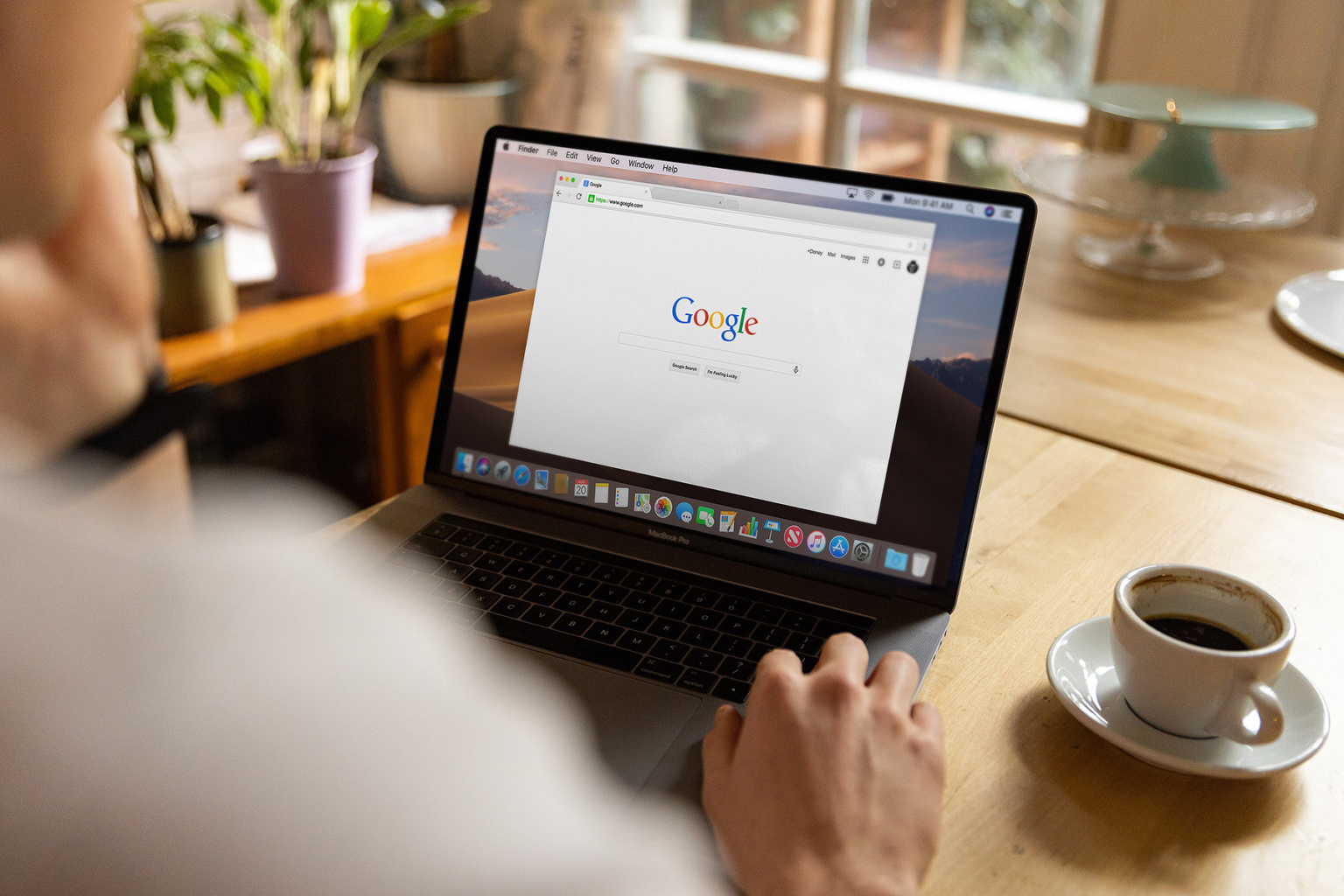For search engines, keywords make all the difference to your rankings. Figuring out how best to add keywords to your WordPress website is critical to it’s success. Whilst two searches may at first glance appear identical, a single keyword difference refines the search parameters.
For your website to get relevant traffic, you need to identify which keywords you need to add to your website’s content. So when your audience searches for one of these keywords, your website will appear within the search results, preferably on the first page.
What are keywords?
On one side you have your website content and on the other hand, the user searches. What connects them both is keywords. Keywords are used by search engines to help them return the most relevant webpages for the user query.
The relevance is basically determined by the number of times a keyword is mentioned within the webpage’s content. Search engines such as Google also look for keywords within the URL, meta description, page titles, headings and image ‘alt’ tags. Geographical location also plays a part as search engines serve local webpages to the user where possible.

Whilst keywords are not the only aspect to help your website rankings, (see our ‘quick wins for higher Google rankings‘ article for more on the other factors that can help your SEO), adding keywords is an important step nonetheless. So, let’s run through some of easy steps to take and for a little more on keywords, check out one of our earlier articles on targeting keywords.
How to add keywords
Title
The title is first thing the user sees within the search results so it makes sense to include a keyword or two within it. Try to add the keyword at the beginning of the title too. It is recommended that your page titles do not exceed 60 characters. But if some of your titles do, the keywords remain visible if they are placed at the start of the title. Lastly, keep it simple. If it is too long or complex, users will simply skip past your page result.
URL
Typically, the URL appears directly underneath the page title on the search results. So it is important to include a keyword within the URL too. In WordPress terms, the URL is commonly referred to as the page slug. Optimise the URL by removing words such as ‘a’, ‘to’ and ‘the’, then separate the remaining words with hyphens. In a nutshell, your page slug should be similar to your page title but not necessarily identical.
Meta Description
Within the search results after the page title and page URL, typically, the description of the page will be displayed. This element provides a short blurb which provides more details about the contents of the page or post. The meta description should help convince the user to click through to the page or post. However, the meta description is limited to 160 characters so ensure that any keywords are included within this description. The meta description is also the default copy when a post or page is shared on social media. If the meta description is left blank, Google will generate it’s own description of what it thinks the page content is about.
Header tags
These are bold titles within the content copy which help divide up the content to make it more readable. Typically within the HTML, these are the <h2>, <h3> and so on down to <h6> elements. These elements are an ideal place to insert keywords. Both users and search engines look at these headings to understand your content at a glance. Additionally, the <h1> tag should contain your page title and the <h1> element should ideally only appear once.
Image alt tags
Usually, you do not see the alt tag content. However, if an image fails to load, the alt tag is displayed as a fallback. Alt tags provide important information not only for SEO but for accessibility too as screen readers will often read out the alt text to a partially blind user for example. Search engine crawlers will use the alt tag content to help them understand how the image relates to the page content. Ideally, alt tags are no longer then 125 characters long and should contains a keyword only if it is relevant to the image. Try not to force it, context is the important factor here.
Body copy
Stuffing keywords into your body copy generally is not a wise idea. Search engines see this tactic as ‘black hat SEO’ and will penalise your page ranking as a result. Finding a balance is key. The trick is to use your keyword often enough but not too much that you are spamming the reader or search engine bot. Moreover, your page content may not read well as a result. This is mostly down to good judgement but some experts recommend a keyword for every 200 words of copy.
Need help with improving your website’s SEO rankings to help your business stand out from the crowd. We have the expertise and we would love to help you.

 Older
Older